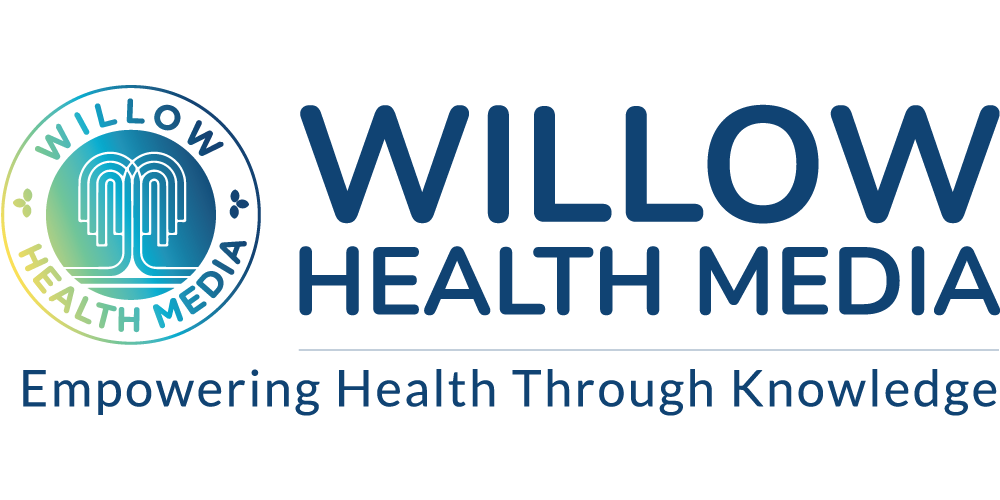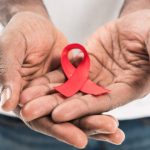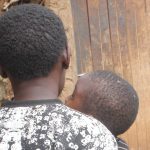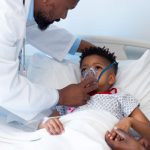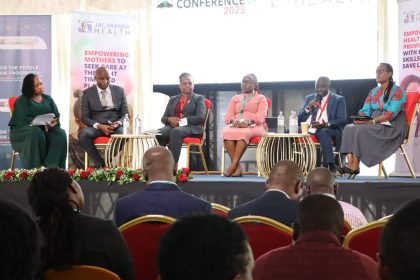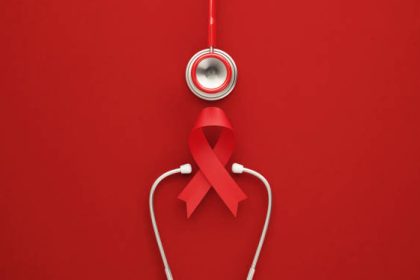Kenya’s fight against HIV/AIDS has been a journey marked by persistent challenges and significant achievements since the first cases were reported in 1984. But it wasn’t until the late President Daniel arap Moi declared HIV/AIDS a national disaster in 1999 that the dire situation began to turn around.
Since then, Kenya has made considerable strides, in reducing new infections, improving access to treatment, and combating stigma. Here is a highlight of key moments, successes and ongoing obstacles.
- The early 1990s: The first case of HIV/AIDS had been reported in 1984 by doctors who were arrested as the admission ‘would affect tourism.’ Three years later, the late Joe Muriuki became the first Kenyan to declare his HIV-positive status. He lost his job with the City Council of Nairobi and couldn’t be allowed to open a bank account in rural Nyeri.
The ‘Sex Disease’ as it was called saw victims thinning, hair got wispy brown. Lack of official communication was marked by high infection rates and fatalities.
- The Kenya Medical Research Institute (KEMRI) & HIV/AIDS
Founded in 1979, KEMRI began focusing on HIV/AIDS research after the first AIDS cases were reported globally in the early 1980s. KEMRI established the Centre for Virus Research to intensify diagnostic tests and HIV surveillance and its studies were later instrumental in global breakthroughs like the development of antiretroviral therapy (ART) and pre-exposure prophylaxis (PrEP).
Dr Arthur Obel & Pearl Omega
Still, in the early 1990s, Dr Arthur Obel, a Kenyan physician and researcher, announced the creation of Pearl Omega, a drug he claimed could treat HIV/AIDS. The government initially supported this initiative, providing some backing for the drug’s trials and distribution. However, its credibility declined sharply after initial trials showed no substantial benefits. The World Health Organization (WHO) also stated that Pearl Omega did not meet the required medical standards.
Dr Davy Koech and Kemron
- 1991: The late Dr Davy Koech, then Director of KEMRI, introduced Kemron, a drug based on low-dose alpha interferon, a type of protein that the body naturally produces to fight infections. There was hope it could be Africa’s breakthrough in HIV treatment, but alas! Kemron’s prominence diminished as international organizations and local health officials raised concerns about its efficacy.
- The mid-1990s: HIV/AIDS prevalence peaked at 10-14 per cent among adults. The virus spread rapidly, largely unchecked, due to a lack of awareness, effective treatment options and stigma. Families lost breadwinners, children were orphaned, and the healthcare system struggled to cope with 500 deaths daily.
- 1999: With HIV/Aids-related deaths at 140,000 annually, President Daniel arap Moi declared HIV/AIDS a national disaster- a turning point, leading to increased political will and public awareness, laying the groundwork for subsequent interventions.
2000s: Coordinated Response started with the establishment of vital structures and strategies to tackle the epidemic, besides the introduction of lifesaving treatments.
- 2001: The creation of the National AIDS Control Council (NACC) marked a multi-sectoral response; from health to education and finance, fostering a unified approach.
- 2001: Voluntary Counselling and Testing Centres (VCTs)VCTs were formally introduced across Kenya, following pilot studies in the late 1990s. VCTs aimed to encourage Kenyans to know their HIV status in a confidential and supportive environment. VCTs contributed to reducing stigma and promoting HIV testing, laying the foundation for prevention and treatment programmes.
- 2003: The launch of the Anti-Retroviral Therapy (ART) programme was a significant milestone, although initially access was limited to urban areas and the moneyed. The situation changed with increased funding and international support.
- The Ministry of Health also began integrating HIV services into Primary Healthcare, a holistic approach aimed to improve accessibility, and continuity of care, and reduce the burden on specialized HIV clinics.
- 2004: The U.S.-funded President’s Emergency Plan for AIDS Relief (PEPFAR) started supporting HIV/AIDS programmes in Kenya, expanding access and strengthening Kenya’s capacity to manage the crisis. The government and international partners like USAID and the Global Fund injected significant funding, making VCTs more widespread and integrated into local health centres.
- 2006: The enactment of the HIV/AIDS Prevention and Control Act provided a legal framework to prevent new infections and manage existing cases. This law aimed to protect the rights of those living with HIV and reduce stigma.
- The Kenyan government adopted the “Kenya Essential Package for Health,” which mainstreamed HIV/AIDS services like counselling, testing, and ART into routine health services, a critical step in ensuring that HIV prevention and treatment were part of everyday health services, reaching more remote areas.
- 2007: In a ground-breaking move, Kenya made antiretroviral treatment freely accessible, significantly reducing HIV-related mortality rates and extending the lives of thousands.
2010s: Scaling Up and Innovating
The 2010s were characterized by a shift towards more comprehensive prevention strategies and a commitment to eliminating new infections.
- 2011: Kenya introduced the Kenya AIDS Strategic Framework (KASF) 2014/2015 – 2018/2019, outlining clear goals to reduce new infections and enhance access to care. This marked a shift from emergency response to long-term planning.
- 2012: Voluntary Medical Male Circumcision (VMMC) was promoted as a key prevention strategy, reducing the risk of heterosexual men contracting HIV by around 60 per cent. This programme was particularly successful in regions with high infection rates.
- 2013: The launch of the Option B+ programme allowed all pregnant women living with HIV to receive lifelong ART thus preventing mother-to-child transmission, resulting in a notable decrease in HIV-positive births.
- 2015: The introduction of self-test kits empowered individuals to know their status privately, encouraging more people to get tested without fear of judgment. This move significantly boosted early detection.
- 2016: Kenya approved Pre-Exposure Prophylaxis (PrEP) for people at high risk of infection. PrEP proved effective in preventing HIV, particularly among key populations like sex workers and men who have sex with men.
- 2017: The “Test and Treat” strategy was adopted, providing ART to all individuals who tested positive for HIV, irrespective of their CD4 count. This policy shift emphasized immediate treatment to suppress the virus and reduce transmission.
- 2018: Kenya committed to the UNAIDS 90-90-90 targets, aiming to ensure that 90 per cent of people living with HIV knew their status, 90 per cent of those diagnosed were on ART, and 90 per cent of those on ART achieved viral suppression. This ambitious goal set the stage for ending the epidemic by 2030.
2020s: Adapting to New Challenges
The current decade has seen Kenya adapt its HIV/AIDS strategy to new challenges, including the COVID-19 pandemic and changing demographics.
- 2020: The COVID-19 pandemic posed significant challenges for HIV care. Kenya responded by rolling out HIV self-test kits nationwide, ensuring continued access to testing amid movement restrictions. This period also saw a rise in the use of telehealth services.
- 2021: Kenya made substantial progress toward the UNAIDS targets, with 72% of people living with HIV on ART and a steady rise in viral suppression rates.
- 2022: The launch of the Kenya AIDS Strategic Framework II (KASF II) 2020/21 – 2024/25 renewed focus on reducing new infections, improving treatment adherence, and tackling stigma. The strategy emphasized a shift from external to domestic funding, seeking sustainability in HIV care.
- 2023: A growing concern was the rise in new infections among young people. Kenya responded with targeted awareness campaigns in schools and through social media, aimed at adolescents and young adults.
- 2024: Efforts to scale up PreP and PEP (Post-Exposure Prophylaxis) continued, particularly among high-risk populations. In rural areas, ART access was expanded, and partnerships with local and international organizations were strengthened to combat drug resistance and bridge funding gaps.
